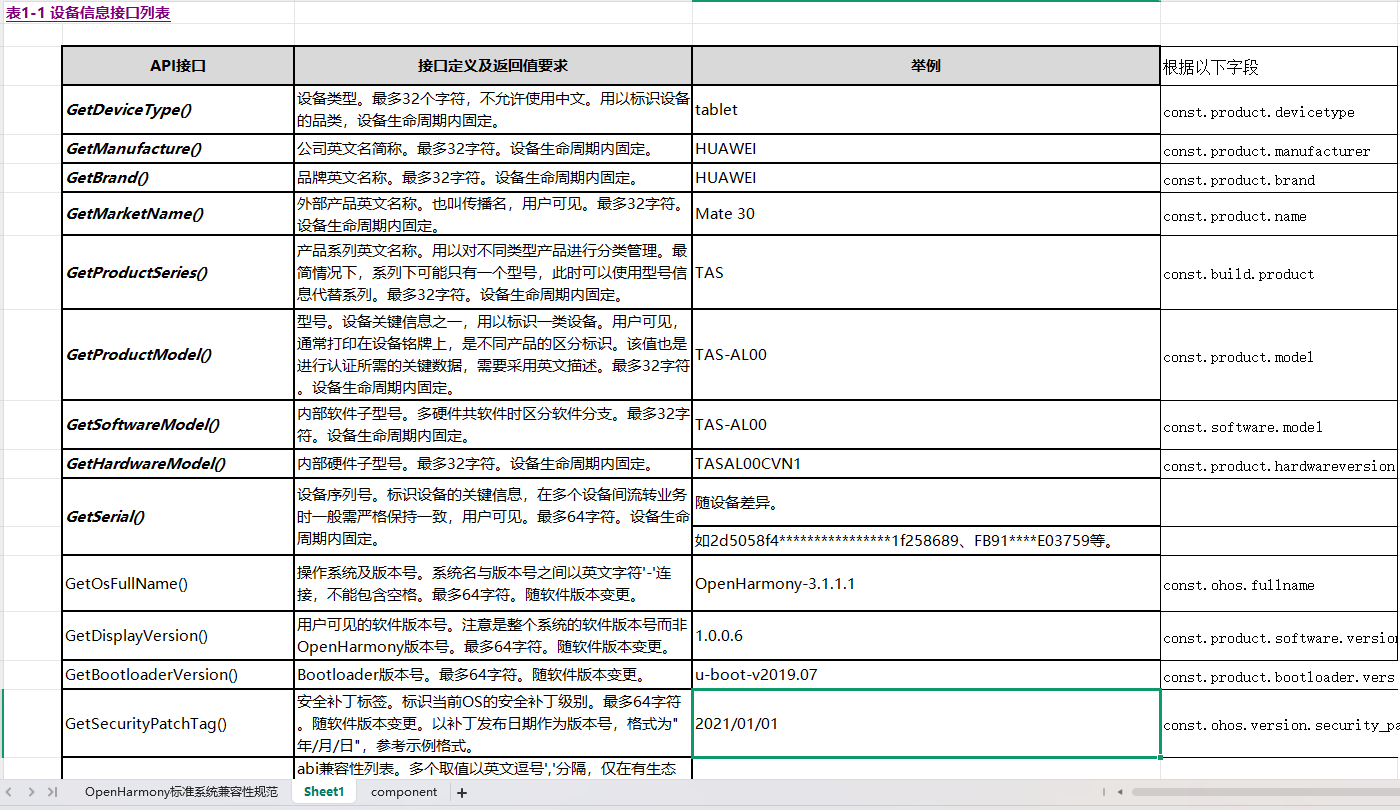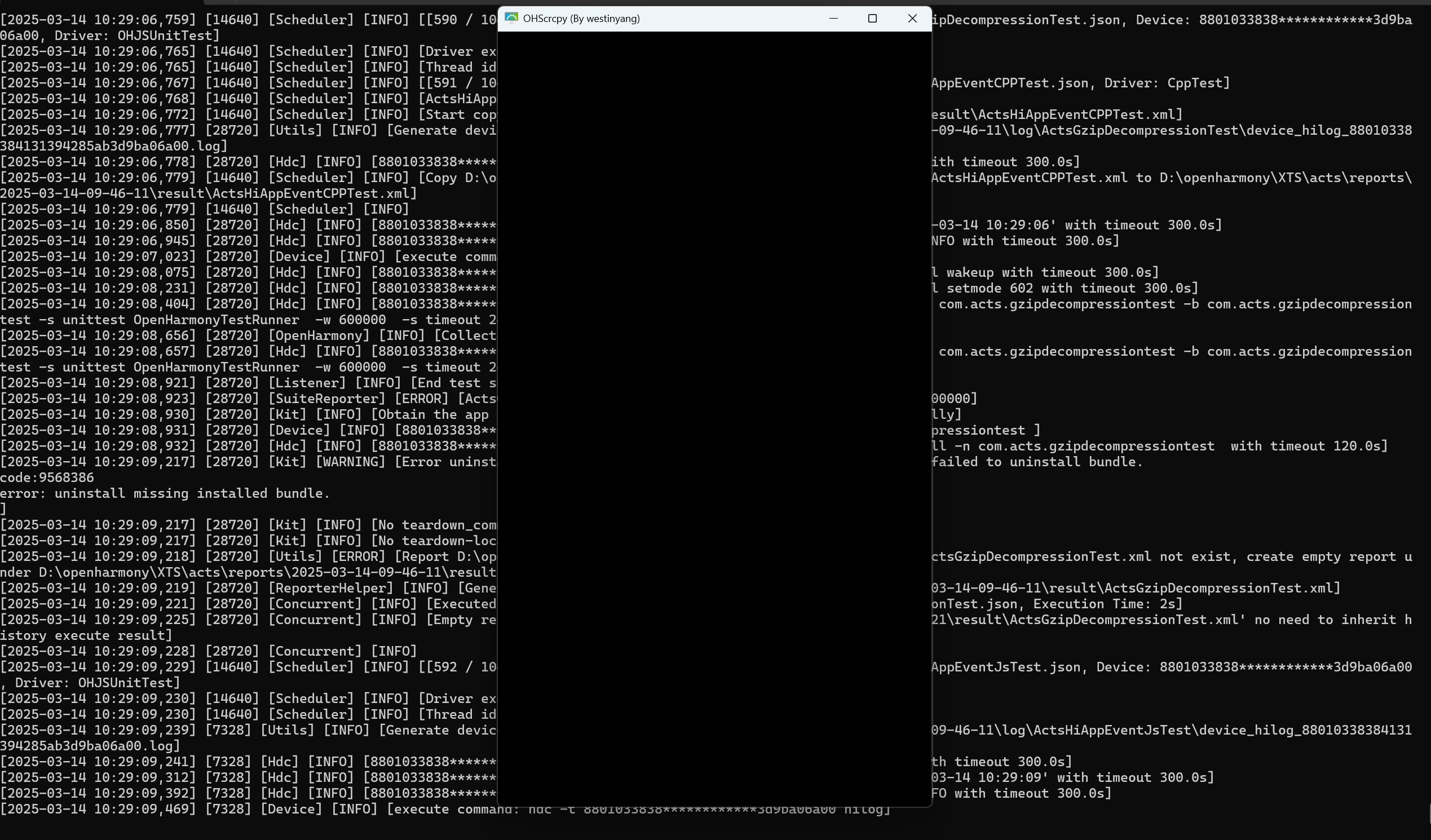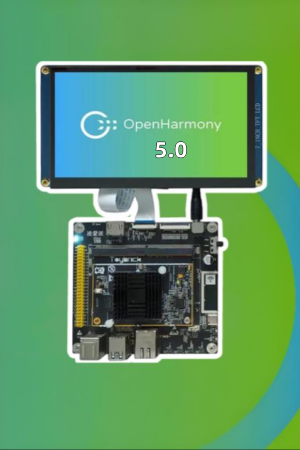Deeplight Technology - OpenHarmony Compatibility Testing FAQ Sharing
OpenHarmony compatibility evaluation primarily verifies whether partners‘ devices and business applications meet the technical requirements defined by OpenHarmony‘s open-source compatibility specifications. This ensures stable and normal operation of devices and applications running on OpenHarmony, while maintaining consistent interfaces and user experiences across all OpenHarmony-based devices and applications.
I. Compatibility Test Services
1.1 What does OpenHarmony compatibility evaluation include?
It includes two parts: the Product Compatibility Specification (PCS) document and compatibility testing.
1.2 How to fill out the PCS document?
Before answering, it is important to understand the significance of the PCS document: it defines the standards for device compatibility. Developers must adhere to the rules outlined in this document during device development. The PCS specifies mandatory requirements for products to be compatible with OpenHarmony, tailored to each version and system type.
During compatibility evaluation, use the PCS self-check table corresponding to your OpenHarmony version and system type. This table provides detailed explanations of the minimum system component set, optional component set, and commercial device information interface specifications.
.png)
Notes:
When filling out the OpenHarmony standard system compatibility self-check table:
Y: Indicates compliance with the requirement.
N: Indicates non-compliance.
NA: Indicates the requirement is not applicable.
For entries marked N or NA, provide reasons in the remarks column (Column F).

Notes: For Sheet 1, fill in fields based on actual device parameters. Do not manually add, delete, or modify content in Sheet 1.

If modifying the const.product.devicetype field causes issues like a black screen or failure to enter the main interface, use the default value.
1.3 About OpenHarmony Commercial Device Information Interfaces
For commercial devices undergoing evaluation, ensure compliance with Sheet 1 of the PCS self-check table, particularly the software compatibility requirements.
The minimum system component set and API compatibility for device information format specifications (i.e., Table 11 in Sheet 1: Device Information Interface List) are mandatory. All APIs in this list must be defined according to actual device information and meet the return value requirements.
GetOsFullName(): The OS name and version must use the default value from the source code and cannot be modified.
To query L1/L2 device information, run: begetctl dump api
II. Compatibility Testing (XTS)
2.1 What is the XTS test suite?
The OpenHarmony Compatibility Test Suite (XTS) provides an execution framework to validate device compatibility. Developers can use this suite to assess and verify compliance.
2.2 Version requirements for compatibility testing
Submit compatibility evaluation applications for OpenHarmony LTS (Long Term Support) or Release branch V versions. We recommend using the latest LTS or Release V version.
Rules:
New LTS/Release branches are supported for evaluation only within 6 months of their release. Older branches are not accepted for new products.
Existing products (previously evaluated) can undergo upgrade evaluations during the LTS/Release branch maintenance period.
For specific timelines, contact Deeplight.
2.3 Scope of XTS test suites
Compatibility testing includes: acts, acts-validator, hats, dcts, ssts

2.4 Common failure items
DPI default value: The default DPI is 240, but testing with this value often fails. A value of 200 is recommended for successful testing.

2.5 How to handle XTS test failures?
If an XTS test case fails:
Retest the failed case individually. A combination of full testing and retesting is acceptable.
If the failure persists after multiple retests, analyze the root cause.
Submit an XTS exemption request along with your project submission.

III. Authorization Verification
3.1 What is OpenHarmony authorization verification?
Authorization verification involves a device-side attestation module and the OpenHarmony Foundation’s cloud-side validation service. This end-cloud integration ensures the device has passed compatibility evaluation.
Download related guidelines from the OpenHarmony compatibility platform.
Contact Deeplight for the Authorization Verification Development Guide, Soft Certificate Application Guide, and Manufacturer Key (manuKey).
3.2 Which devices require authorization verification?
Commercial devices must undergo authorization verification. Non-commercial devices are exempt.
Devices with internet access (e.g., able to visit Baidu) require integration and testing. For devices without internet access, apply for authorization verification exemption via the OpenHarmony compatibility platform.
IV. Evaluation Sample Devices
Requirements for submitting OpenHarmony evaluation samples:
Submit the official required quantity for validation. For pre-testing, send 2 additional units to facilitate report verification with official teams.
V.OpenHarmony Compatibility Testing Commands
- Full test: run acts
- Module-specific testing:run -l ActsSamgrTest;actsAceWebViewWebStorageJsunit
- List connected devices: hdc list targets -v
- Reboot device: hdc shell reboot
- Remount system partition as writable: hdc shell mount -o rw,remount /
Contact Deeplight
Since 2022, we have assisted numerous clients in achieving OpenHarmony compatibility certification, offering services including pre-testing, certification process guidance, failure analysis, and technical support.
Dual-System Capability:
- Global Market: Certified for Google Android GMS testing.
- Domestic Market: Certified for OpenHarmony compatibility testing.
We provide one-stop testing services for both markets using a single set of samples.
Additional Support:
Our R&D engineers can assist with OpenHarmony device development, including:
- Full-project compilation and adaptation
- Kernel and system migration
- Driver adaptation
Recommended items
-

Deeplight Technology - OpenHarmony Compatibility Testing FAQ Sharing
Deeplight technology-OpenHarmony compatibility testing FAQ sharing, including product compatibility specifications document (PCS) and compatibility testing of some common problems analyzing and compatibility testing of common commands. Deeplight also has R&D engineers who can assist customers in OpenHarmony open source system equipment development, and can compile and adapt the whole...View more -

OpenHarmony System Migration, Development, and Compatibility Testing: A Comprehensive Guide
This guide explores the end-to-end process of system migration, application development, and compatibility testing on OpenHarmony , an open-source OS powering IoT and smart devices. From kernel porting and HDF driver integration to user-mode bootstrapping and troubleshooting boot animation freezes,ecosystem efficiently. ...View more -

Practical Experience Sharing on OpenHarmony 5.0.0 Release Compatibility Testing
OpenHarmony version 5.0 was released on December 20-21, 2024 . This release brings many new features and improvements. as of January 1, 2025, only version 4.1 or above can be used for certification. In order to ensure that devices and applications can run stably on the new version, compatibility testing becomes an indispensable part. In this article, we will introduce the compatibility test...View more -

Deeplight – OpenHarmony Compatibility Testing, Porting, Adaptation, and Failure Case Analysis Technical Services
OpenHarmony compatibility certification primarily verifies that the partner‘s devices and business applications meet the technical requirements defined by OpenHarmony‘s open-source compatibility standards. This ensures that devices and business applications running on OpenHarmony operate stably and reliably, while maintaining consistent interfaces and user experiences across all devices a...View more




